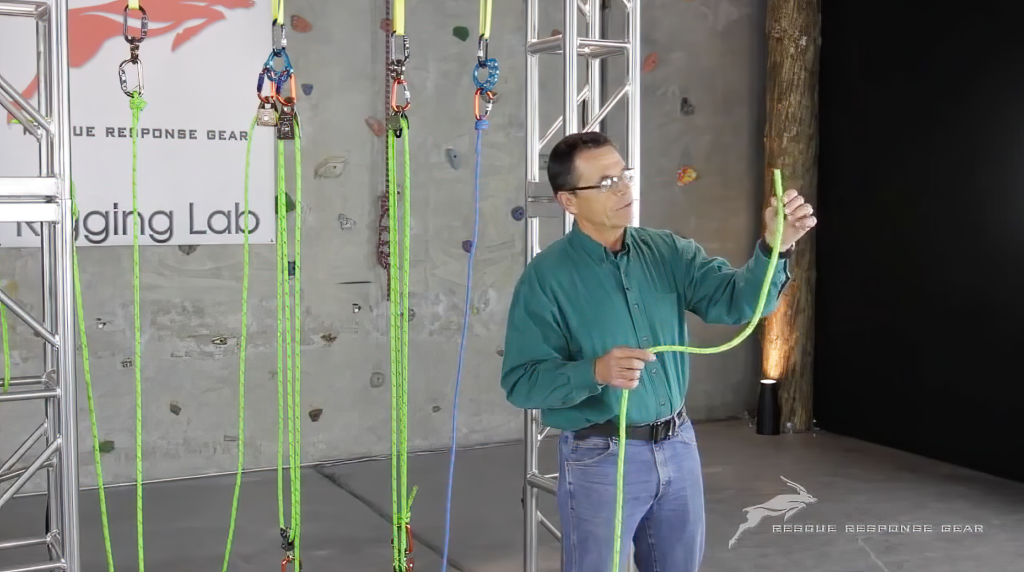Patient Packaging and Litter Handling
In the high-stakes world of technical rescue, precision and preparation are everything. Whether you’re navigating rugged slopes or suspended hundreds of feet above the ground, effective litter handling and patient packaging are critical to ensuring safety and success. From low-angle scenarios to advanced Class 5 operations, each technique builds on the last, creating a cohesive […]
Patient Packaging and Litter Handling Read More »










